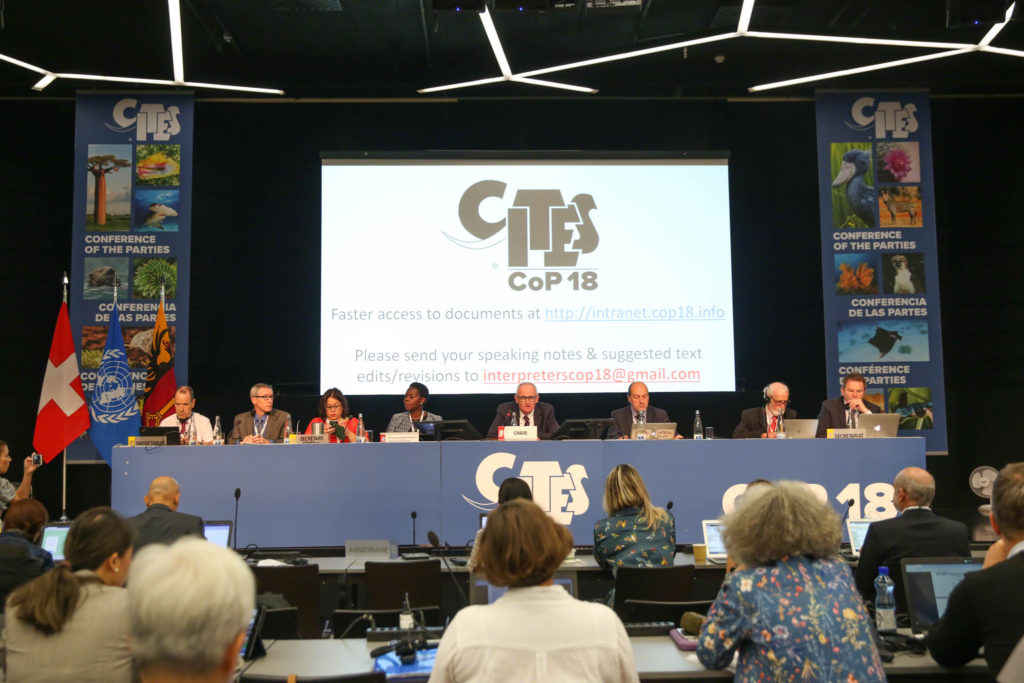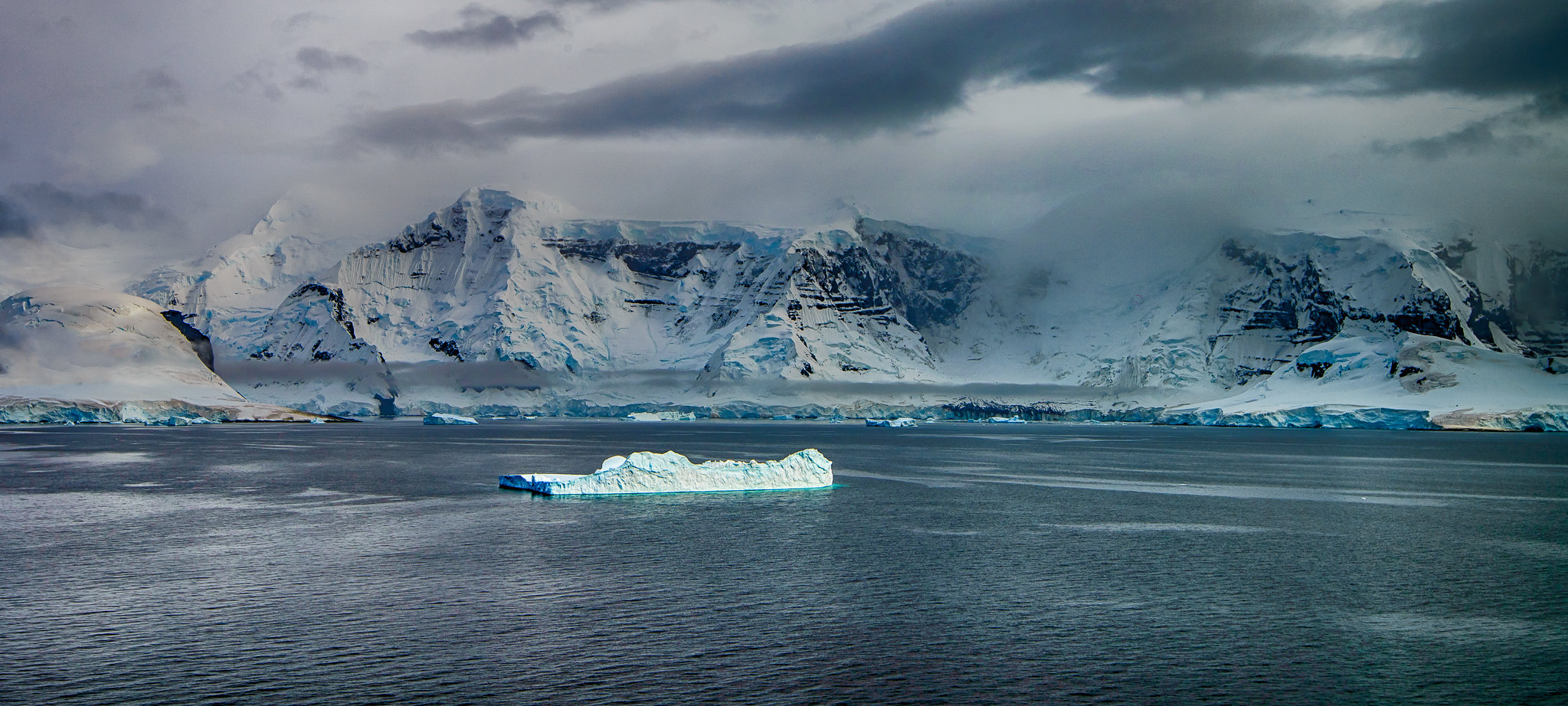We are currently in what is considered the Holocene or Anthropocene mass extinction, the sixth mass extinction in the last 540 million years. However, this time researchers indicate that the main cause is human activity. Mass extinctions are characterised by the loss of over 75% of species over a geologically short period of time, and scientists have discovered that billions of populations of mammals, birds, reptiles and amphibians have been lost all over the planet, leading them to say a sixth mass extinction has already progressed further than was thought. A 2019 United Nations report on extinction rates revealed that about one million species of animals and plants are currently threatened with extinction, identifying a need for “a fundamental, system-wide reorganization across technological, economic and social factors, including paradigms, goals and values.”
Part of the system that has to change is that of international wildlife trade, therefore protecting endangered animals and stopping illegal trade. The multi-billion dollar cross-border wildlife trade has to be managed effectively and the 18th Convention on International Trade in Endangered Species of Wild Flora and Fauna (CITES) meeting, held from August 17 to August 28 in Geneva, focused on tackling issues related to the trade of numerous wildlife species that are threatened by unsustainable trade linked to over harvesting, overfishing or overhunting.

What happened at CITES
Discussions at the conference included setting rules for trade related to anything from commercially valuable fish and trees to iconic mammals like giraffes and elephants, to amphibians and reptiles peddled as exotic pets. Managing their trade is essential in their protection and therefore preventing them from going extinct.
The opening remarks by Carolina Caceres, Chair of the CITES Standing Committee, served to highlight how CITES is “an essential tool to address one of the drivers of biodiversity loss: unsustainable use.” During the conference 182 countries and the European Union worked together on proposals for over 500 species often having to navigate sensitive issues.
A significant topic of discussion concerns what knowledge base informs conservation decisions. This exposes a rift between decisions based exclusively on science — knowledge accumulated by biologists and ecologists — and local knowledge influenced by the needs and desires of those that live alongside the wildlife in question.
Discussions at CITES exposed how conservation efforts are often imposed top-down whilst at the same time are almost always more successful if they allow local communities to gain revenue through active participation in both planning and conservation, including setting up appropriate contexts for ecotourism and even supporting small-scale hunting or logging according to the relevant levels of protection. Working hand-in-hand with local communities emerged as a fundamental aspect for protection efforts to gain the support of those that often live closest to the wildlife in question.
Funding remains a big problem
Another contentious issue to emerge was that of disparities in access to protection funds. For example, Southern African nations came into conflict with other African nations on their differing approaches to elephant conservation and how to fund it. Developing countries with large protected areas demand funding from the international community, particularly if they are to impose measures that are dictated by that same international community.
For example, Eswatini possess a large stockpile of poached rhino horn, valued at almost 10 million USD, and believes that by being allowed to sell this stock they can fund conservation efforts. However, there are genuine concerns from the international community (including other African countries) that opening up legal trade would boost demand and facilitate smuggling. During CITES the proposal put forth by the delegates from Eswatini was therefore rejected by an overwhelming majority, but the problem remains: how to fund rhino protection in the country?
A delegate from Eswatini has called for foreign countries to back their votes with financing, claiming that: “Opinion seems to come not with responsibility. If the finance is not available to protect them, rhinos will continue to die, and so will people.”
Endangered species need more than just ecotourism
Ecotourism and donations seem to be the standard response to funding issues, yet they continue to be insufficient in many African countries seeking to protect large mammals such as rhinos and elephants. IN fact, some of Africa’s most treasured wildlife reserves operate in funding deficits of hundreds of millions of dollars.
Tourism in particular offers significant opportunities, especially as it is one of the fastest growing industries in the world – 42 million people visited sub-Saharan Africa in 2018 alone. Furthermore, research led by Professor Ralf Buckley from the Griffith School of Environment, using population viability methods to quantify the impact of ecotourism on threatened species showed how tourism can affect conservation positively. “We converted all ecotourism effects – positive and negative – to ecological parameters and found that for seven of the species involved, ecotourism provides net conservation gains through factors such as private reserves, habitat restoration, reduction in habitat damage, removal of feral predators, anti-poaching measures or captive breeding and food supplementation,” said Professor Buckley.
However, tourism cannot be the only solution. One issue related to tourism is that it tends to focus conservation efforts on charismatic wildlife such as large mammals, whereas most illegal wildlife trade actually involves timber, plants, and marine life.
Accountability and transparency
A major takeaway from CITES is that for illegal wildlife trade to stop there has to be more accountability and transparency. Many controversial votes at CITES meetings, including those relating to marine animals and elephants, allow for secret ballots therefore stopping the public from knowing how a given country voted. This is a problem because countries need to be held accountable as public opinion can become a fundamental cog in safeguarding endangered species, their habitats and therefore global biodiversity. By adding this to a focus on science based knowledge and valuing local communities and their inputs, wildlife conservation can be achieved whilst becoming an asset for those involved, rather than a burden.






